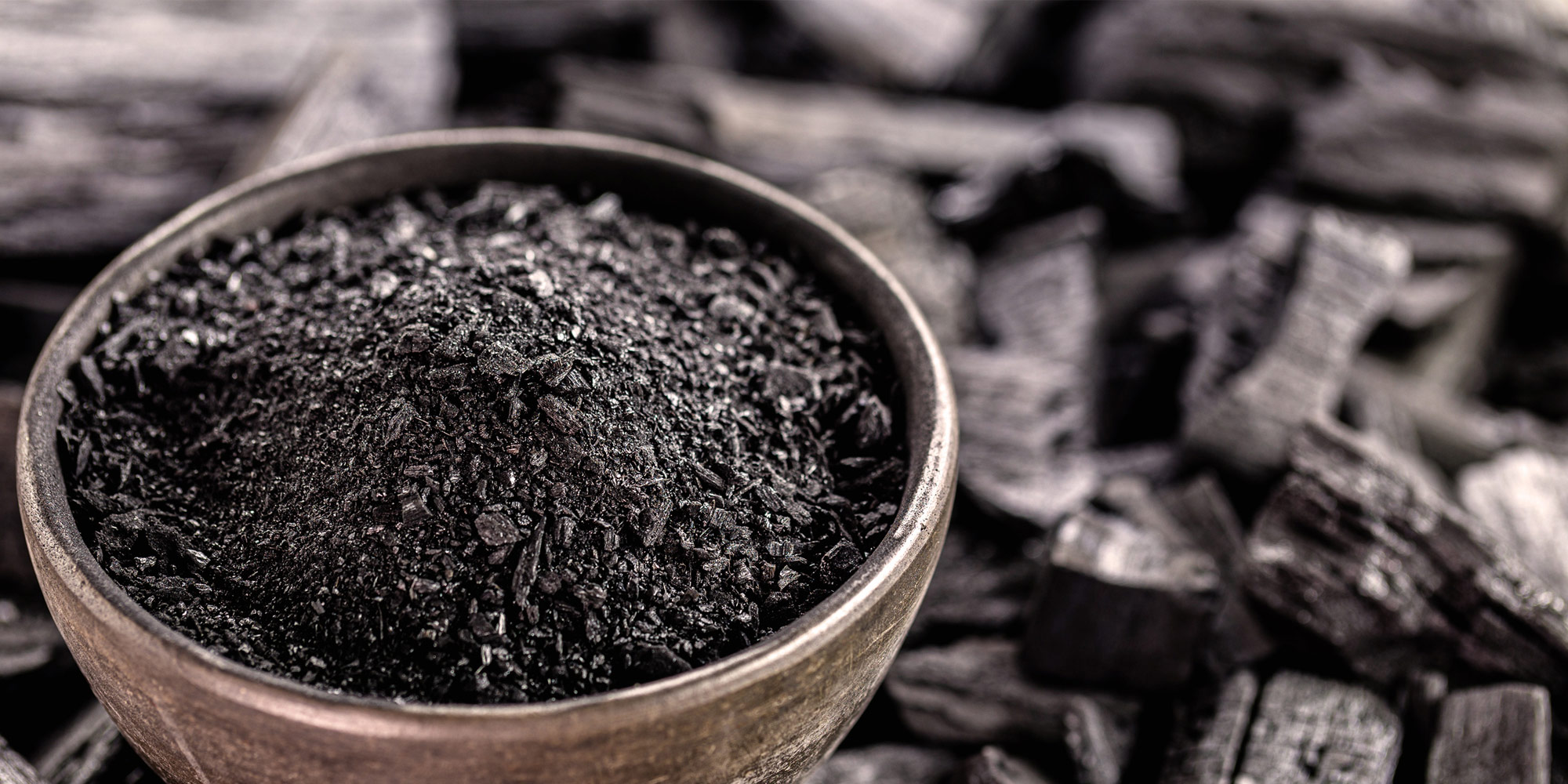Activated Carbon in the CBD/Hemp Industry
By Jillian Jastrzembski

Extraction of Phytocannabinoids
Phytocannabinoids THC and CBD are heavily studied for their therapeutic benefits, so cannabis processers naturally wish to optimize botanical extraction with respect to these molecules. Ethanol has enjoyed a long history as a solvent for botanical extraction of bioactive compounds, and for good reason – the unique chemistry of ethanol optimizes the efficient extraction of compounds relevant to human biology, including the highly sought-after THC and CBD.
Unfortunately, undesirable chlorophyll compounds also come along for the ride in ethanol extraction. Fat-soluble chlorophylls are essential to plants for photosynthesis, but these compounds can cause green pigmentation and harsh off-flavors that are off-putting to consumers. Consumer preference aside, the presence of these compounds in a laboratory research setting is also problematic, because they create interferences in analytical methods like chromatography-mass spectrometry.
Hence, subsequent clean-up steps are necessary to achieve a more acceptable end-product. That’s where activated carbon comes in.
What is activated carbon, and how is it used in cannabis processing?
Activated carbon is a popular choice of adsorbent material for physical separation of impurities thanks to its high surface area and reactivity. It is a form of non-graphite carbon that has been processed to enhance its microcrystalline internal porosity. It is possible to derive activated carbon from any material containing a high concentration of carbon, including wood, charcoal, bone, or nut shells. Activated carbon can effectively remove a wide range of pollutants including pesticides, herbicides, heavy metals, phenols, and chlorinated hydrocarbons.
Activated carbon has been used to remove the unwanted chlorophyll from the botanical ethanol extract, and in fact, is highly effective at doing so.
What is not quite as clear as the newly decolorized cannabis extract (pun intended) is how many phytocannabinoids are also lost during activated carbon treatment. There simply isn’t a lot of data on this, and unsurprisingly so. Although cannabis is one of the earliest plants to be cultivated by humans, a long history of political disfavor leaves the science on cannabis lagging behind, often jumbled up with tradition or hearsay. This includes not only the reported effects of cannabis on the body, but also the optimal extraction and processing methods.
While anecdotal reports have conflicting information regarding the use of activated carbon on cannabis, a 2021 review points to up to 50% loss of cannabinoid content as a result of activated carbon filtration.
This doesn’t necessarily mean that activated carbon is a no-go for cannabis. For one thing, there isn’t an obvious alternative. Some cannabis producers opt for cold ethanol extraction to minimize chlorophyll contamination, but this too results in a lower cannabinoid yields.
Removing chlorophyll whilst retaining bioactive compounds is not a problem unique to cannabis. In the absence of data specific to the cannabis plant, we can extend our knowledge of other botanicals to investigate sample clean-up options. Treatment of fresh herb samples using activated carbon effectively removed chlorophyll but also decreased total antioxidant and polyphenol content. However, the authors of that study also found that using lower amounts of adsorbent (less activated carbon per extract volume) could result in nonsignificant loss of some desirable compound classes. This is a parameter that has not been tested in the peer-reviewed literature for cannabis extracts. Keep in mind that optimal extraction parameters depend not only on the chemistry of the desired compounds (in our case, phytocannabinoids) but also of the entire plant matrix.

The take-away
Activated carbon is one of the most effective methods for chlorophyll removal from cannabis extracts. While the removal of chlorophyll is easily observed through appearance and flavor/aroma, the less obvious side-effect is the reduction of cannabinoid content. There is a potential that using less adsorbent can minimize cannabinoid loss. When using activated carbon to obtain a cleaner cannabis extract, it is advised to consider the potential for cannabinoid loss, and ideally monitor THC/CBD concentration via chromatography-mass spectrometry.
References
Lazarjani, M.P., Young, O., Kebede, L. et al. Processing and extraction methods of medicinal cannabis: a narrative review. J Cannabis Res 3, 32 (2021). https://doi.org/10.1186/s42238-021-00087-9
Romano, L.L. & Hazekamp, Arno. (2013). Cannabis oil: Chemical evaluation of an upcoming cannabis- based medicine. Cannabinoids. 1. 1-11.
Tzima, Katerina & Brunton, Nigel & Rai, Dilip. (2020). Evaluation of the impact of chlorophyll removal techniques on polyphenols in rosemary and thyme by‐products. Journal of Food Biochemistry. 44. 10.1111/jfbc.13148.

